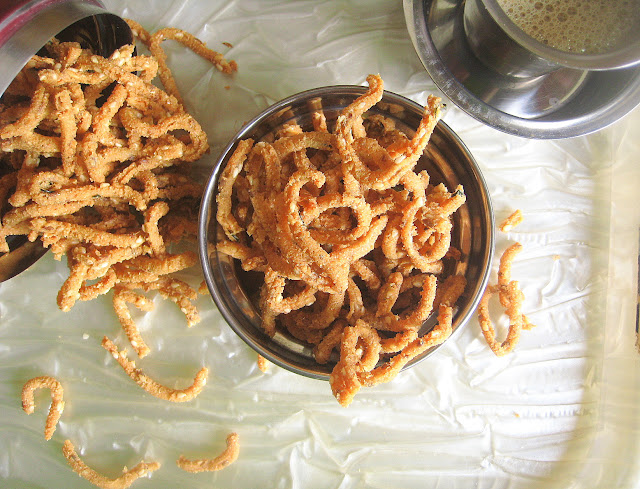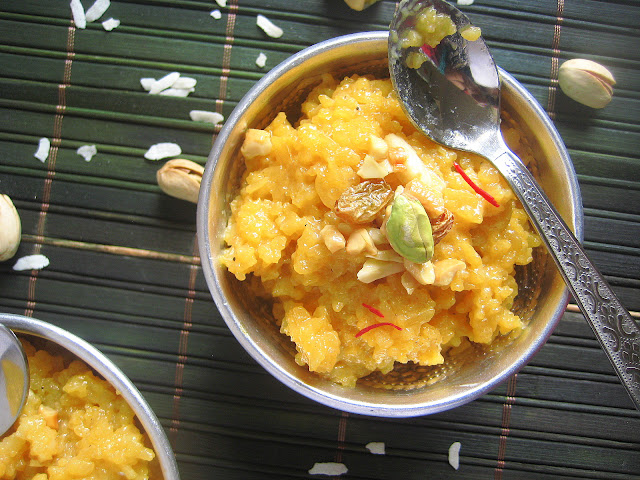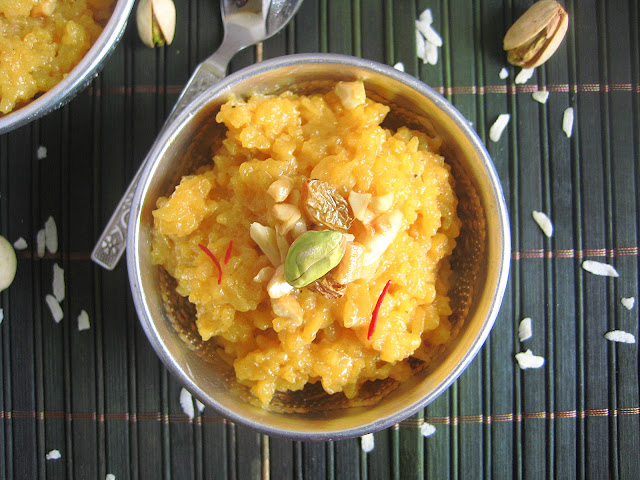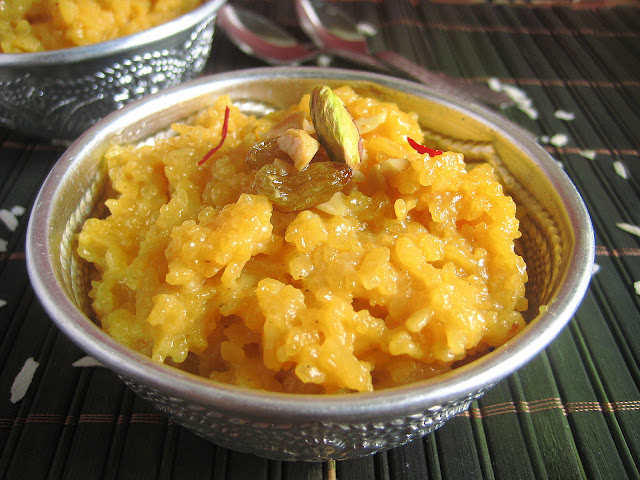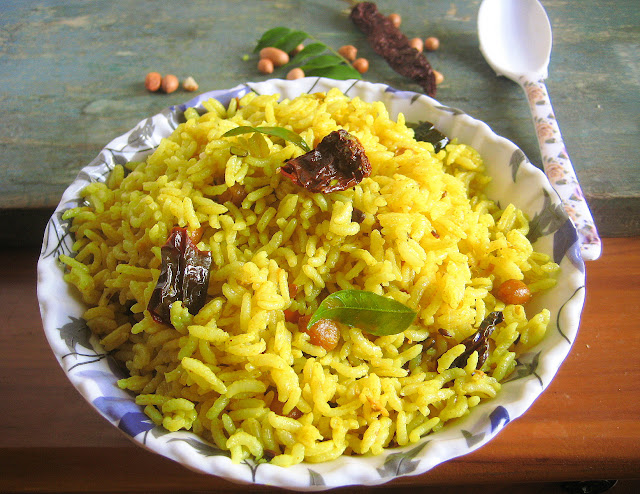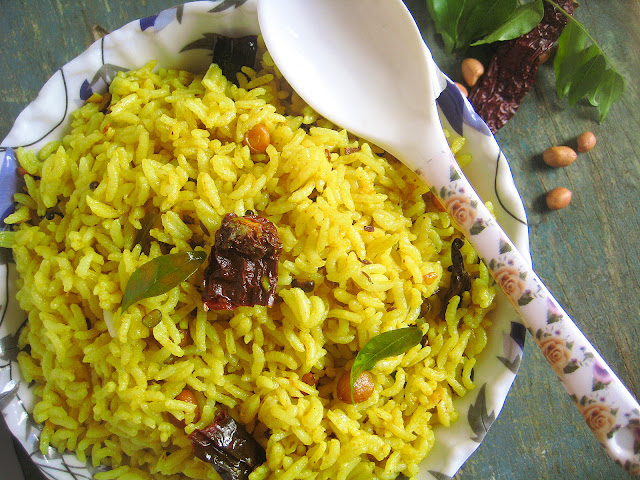Jonna Pindi Jantikalu / Jowar Flour Murukku
After a long time, I could again do my favourite task - posting on my blog. I was down with a severe ear infection and weakness due to which I could not update my blog. I wanted to try my hand at different recipes and post them as soon as possible, but I was so weak that I could not stretch that far. I am so happy that I am back on time, just for the Diwali season.
Diwali is
the most awaited festival of all ages. Children and youngsters wait for the
crackers and the elders wait for meeting with relatives and friends. There are
many sweets and snacks that are prepared well in advance for the D-Day. Happily
sharing the homefoods with your family and friends and having a lovely
chit-o-chat give such an immense pleasure. I like whenever I have any relatives
or friends visiting my place, especially during the festive season. I have my
brothers-in-law, co-sisters, sisters-in-law, co-brothers visiting my place once
a year for either Pongal, Dussehra or Deepawali.
These jantikalu are made with jonna pindi ( in telugu ) or jowar flour. They are very easy and simple to prepare. I could make a bunch of them in just half an hour. Mix in all the necessary ingredients and deep fry. It is as simple as said. These murukulu can be stored for upto 20-30 days Now lets not waste any more time and get straight to the method of preparation.
Preparation
Take
jowar flour in a bowl. Add sesame seeds, cumin seeds, ajwain, ginger garlic
paste, chilli powder, salt, hing and finely chopped curry leaves.
Mix in well
with your fingers or a whisk. Sprinkle hot ghee in the flour and crumble it
well.
Once the ghee is evenly distributed with the flour, add hot water in the
flour little by little.
Initially mix with a big spoon or ladle to mix. Later mix well with your hand to make a
dough.
To check if the dough is of the right consistency, put a portion of the
dough in the murukku press and try to make a jantika. If you are able to press
it smoothly and easily with not much difficulty, then it is the right
consistency. If it is too hard for you to press, then sprinkle little more
water and try again. If it becomes very watery, then add more flour and adjust
the seasoning as well. Heat oil in a pan for deep frying.
Take a portion of the
dough and put it in the murukku press.
The murukku press is easily available in
the local market or in any supermarket. Gently press in the hot oil in circular
motion to get a round murukku. As soon as you press, you will see enormous
bubbles covering the murukku.
Gradually, the bubbles reduce and you will be
able to see the chakkali.
Flip to another side and fry until golden brown in
colour. Remove with the help of a slotted ladle onto a tissue paper.
Repeat the
same with the remaining dough until all used up. Allow the jantikalu to come to
room temperature and it is ready to be stored in an airtight container. Of
course, you can also serve it immediately as well.
Ingredients
Jowar
flour 1cup
Oil for
deep frying
Cumin
Seeds 1 tsp
Sesame
Seeds 1 tbsp
Ajwain 1/2 tsp
Chilli
powder 1 tsp
Salt to taste
Hing pinch
Finely
chopped curry leaves 1 sprigs
Ginger
garlic paste 1 tsp
Ghee 3tsp
Method
- Take all the ingredients except oil and ghee in a bowl and whisk well.
- Sprinkle hot ghee in the flour and mix evenly.
- Add hot water slowly to make it a perfect dough.
- Heat oil in a pan for deep frying.
- Put a portion of the dough in the murukku press and make a murukku in the hot oil.
- Fry until golden brown and remove onto an absorbent paper.
- Repeat from step 5 until all the dough is used up.
- When the murukku comes to room temperature, store it in an airtight container.
- Can be stored for upto 20-30 days.
Notes
- You can substitute chilli powder with green chilli paste or add both.
- You are always free to increase or decrease the amount of chilli powder and other ingredients as per your desire.
- You can skip ginger, but do not skip the garlic paste. It gives a very nice flavour and taste to the jantikalu.
- Hot ghee is required to add to give a nice crunchiness to the snack.
- These type of fritters can be prepared with a combo of various other flours which I will be posting in the near future.
- The oil should be just hot enough for deep frying. To know the correct amount of hot, add a small piece of dough in the hot oil. If it comes up gradually, that is the right temperature. If it rises immediately, then it means the oil is very hot. In such a case, you can either reduce the flame or add more oil to bring the oil to the right temperature.



